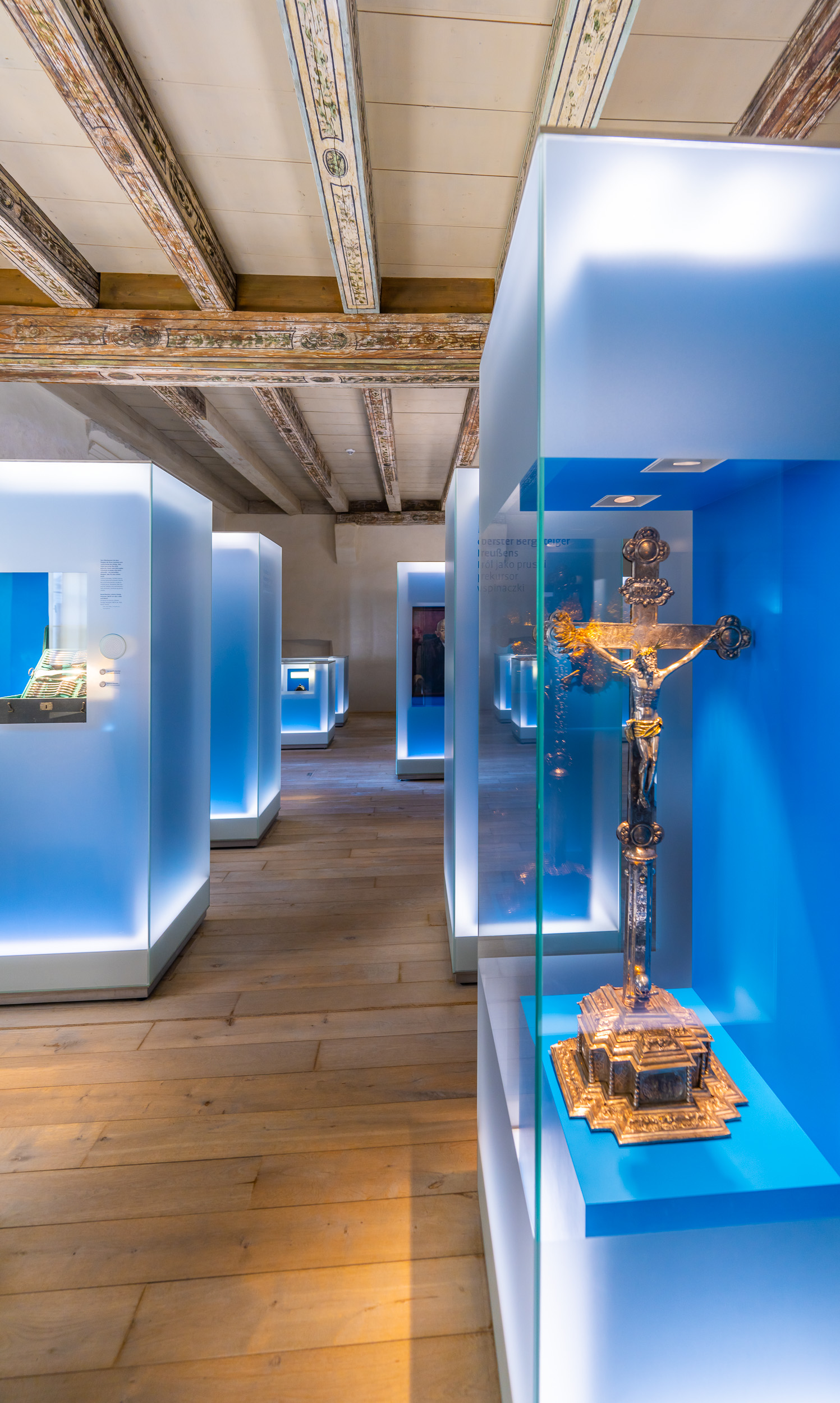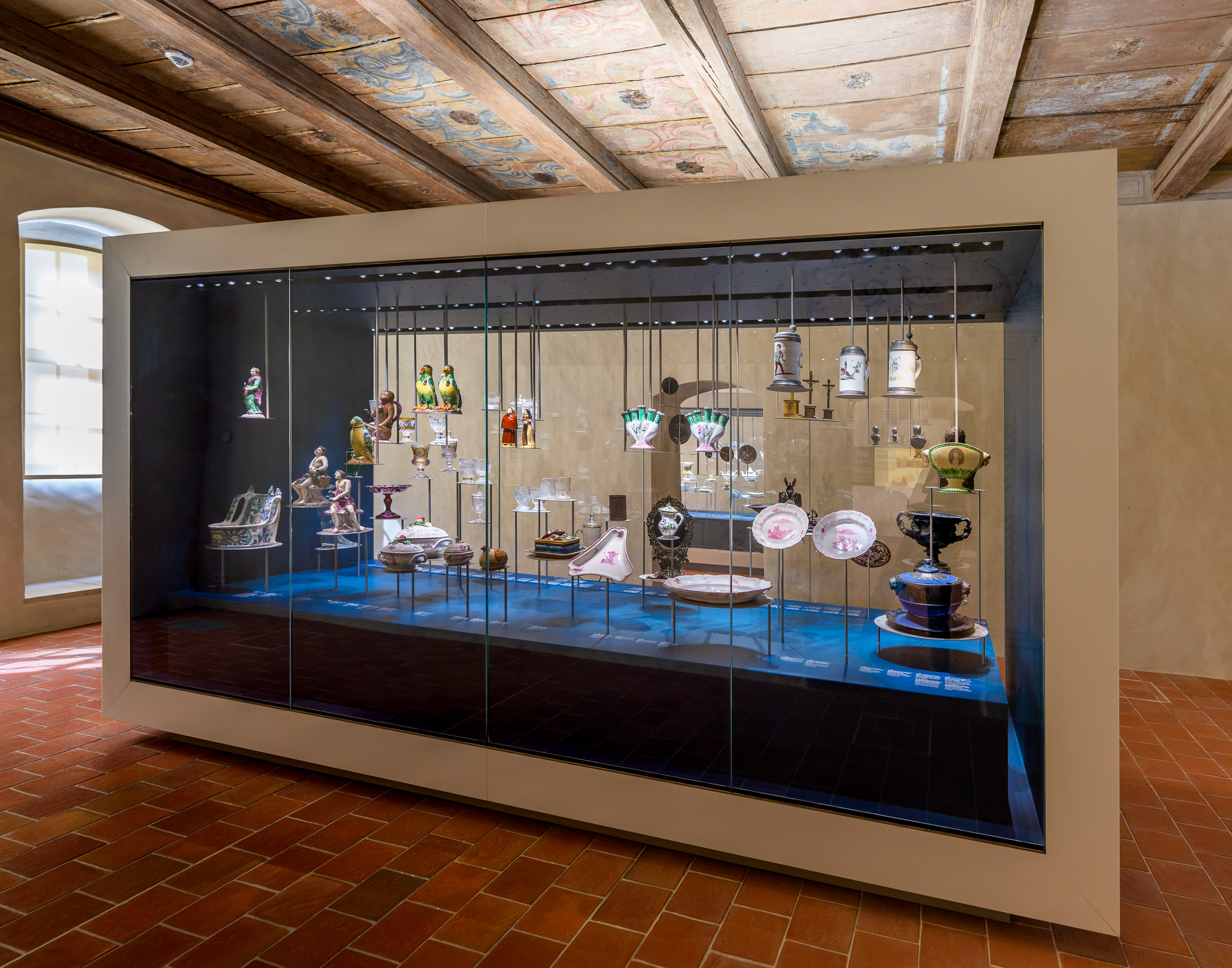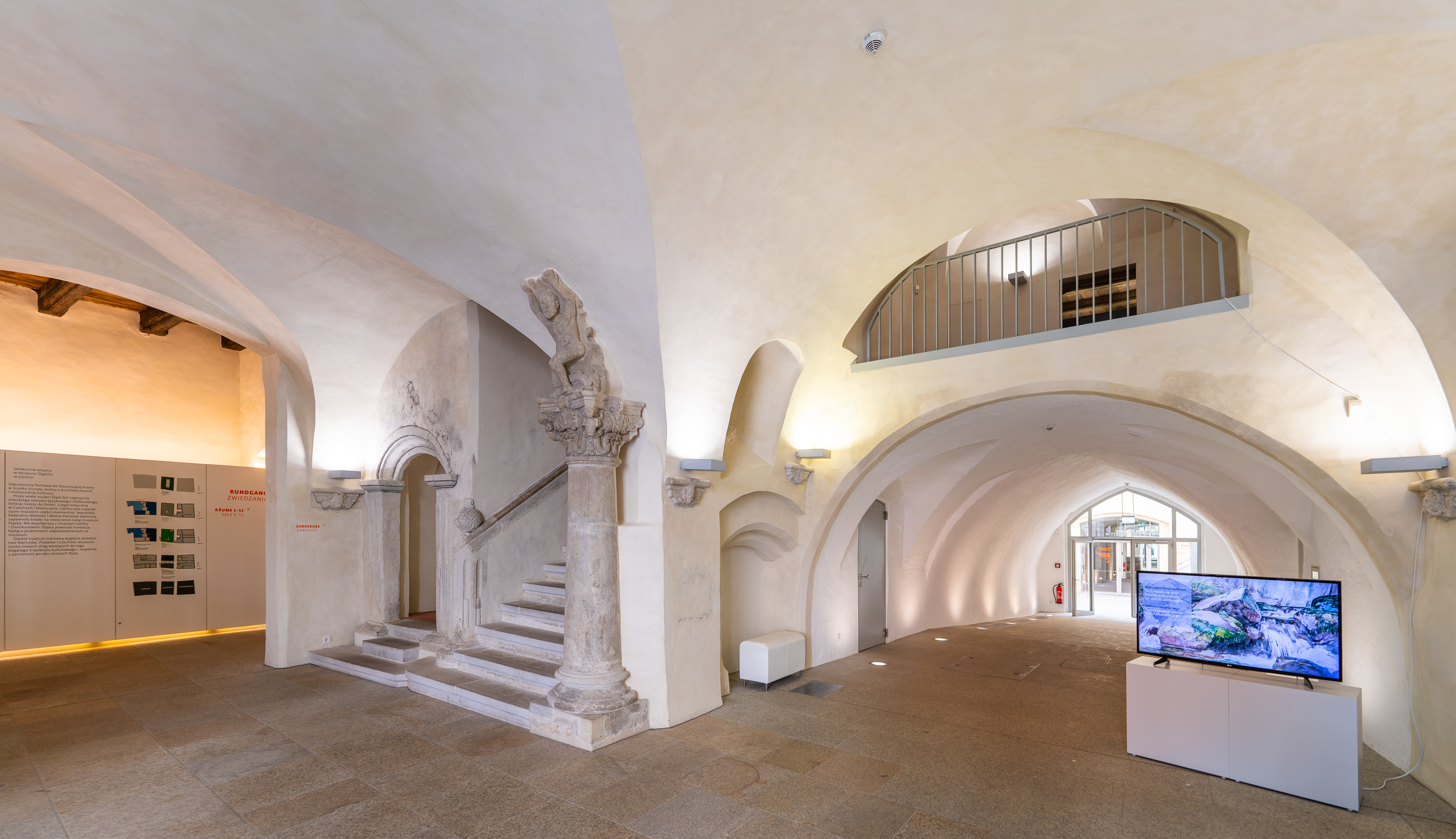
Altar cross from Glogau
Photographs
3D Models
Founded in firm belief in the Reformation
The large peace church in Glogau has not stood for centuries. But this altar cross, which is over 300 years old, has been preserved. To this day, it bears witness to the fascinating religious history of Silesia, the suppression of Protestant Christians, the concessions that the Habsburgs reluctantly made to them and the commitment of Protestant Silesians to their faith.
When the cross was built in 1702, the town of Glogau was going through a difficult time. In the 16th century, almost all of Silesia had become Protestant. Conflicts arose when the Habsburgs, to whom Silesia had fallen in 1526, attempted to re-Catholicise the country during the Thirty Years’ War. Protestant church services were banned in the towns, and no one was allowed to miss Catholic festivals. Those who did were punished.
However, with the Peace of Westphalia in 1648, the Habsburgs had to grant the Protestants three peace churches. At the gates of the towns of Glogau, Jauer and Schweidnitz, the Protestant Silesians were now able to practise their religion again, but the dispute between the denominations tore families, friendships and guilds apart. For example, the Catholic goldsmiths founded their own guild in 1699, while the Protestant goldsmiths left the town. Some settled in Bytom on the Oder, where the altar cross for the Glogau Church of Peace was made.
Gottfried von Stabel, a prominent representative of the Protestant landed gentry, and his wife Barbara Theodora founded it in firm belief in their church. A generation later, the spirit of tolerance was already blowing through Silesia. The base of the cross was made in 1732 by Johann Gottlob Clement, a goldsmith from Bytom and also a member of the Glogau guild.
See similar attractions!
On a 2000 m2 exhibition space, visitors can explore approximately 1000 exhibits from the history of Silesian culture.
)
)
)
)